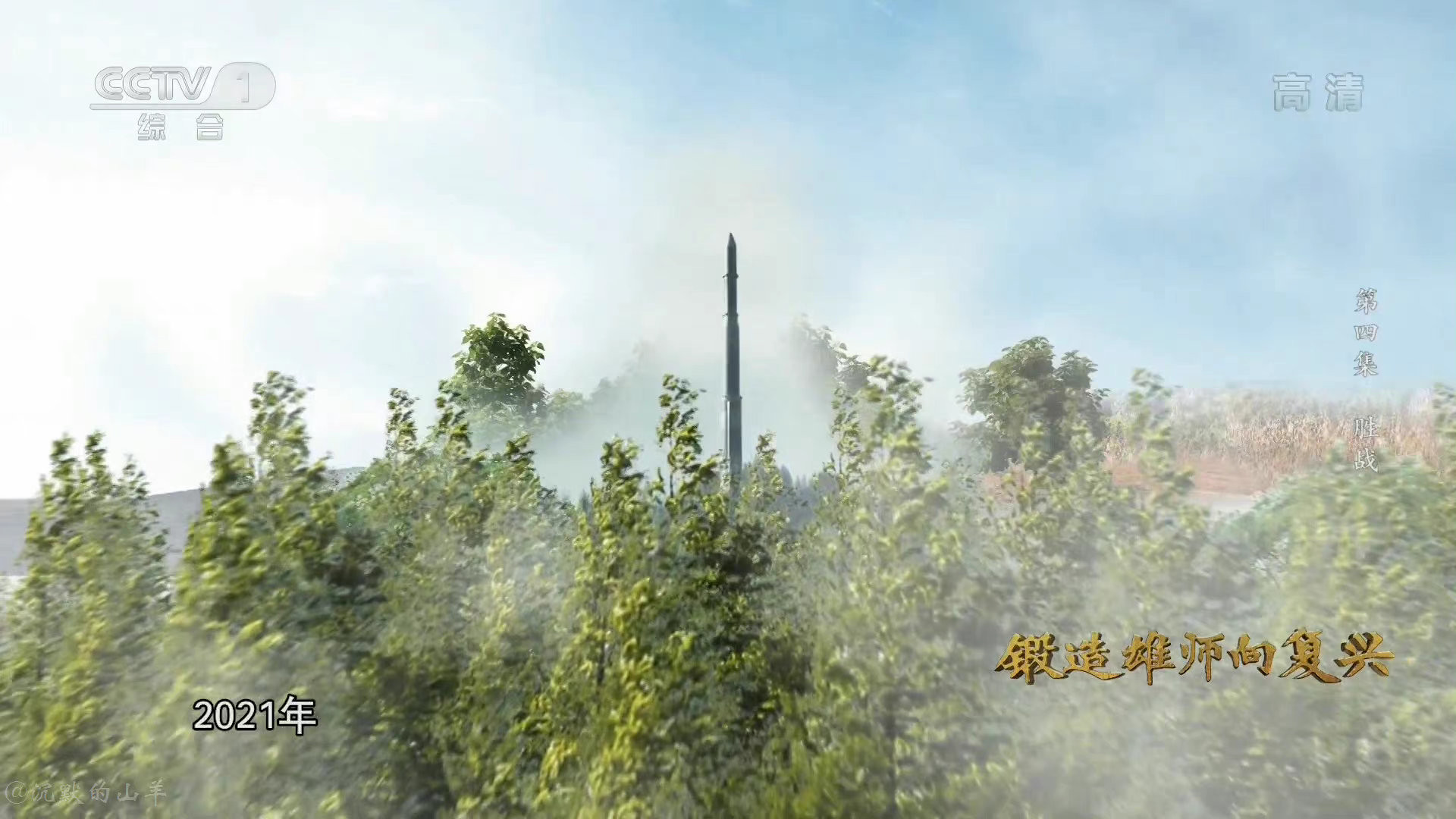They are sinophobia. Serve them right!No, it is perfect. US is gonna lose a huge talent pool due to the paranoia
You are using an out of date browser. It may not display this or other websites correctly.
You should upgrade or use an alternative browser.
You should upgrade or use an alternative browser.
China Ballistic Missiles and Nuclear Arms Thread
- Thread starter peace_lover
- Start date
- Status
- Not open for further replies.
2 flight restriction zones will be active on 9/26, suggesting multiple ballistic missile tests from Taiyuan Space Center.
Area 1: 0652-0708 1032-1108 1232-1308 UTC
Area 2: 0703-0735 1043-1115 1243-1315 UTC
Note that the 2 zones are not aligned..
China did more ballistic missile tests than rest of the world combined in past 4 years.
Multiple shots confirmed by Weibo, at least 2, possibly 3 ballistic missiles shot from Taiyuan to Korla.


by78
General
nuclear arms race against the world’s top manufacturing power is ‘futile’, think tank warns.
This has been posted in the forum some months ago, and I have written a short piece post in the News on China's Scientific and Technological Development in response:
After some time of brainstorming, I came up with this rather lenghty piece of expanded post on the topic, which I will share it here as a copy of my initial post in the Chinese Unmanned Underwater Vehicles (UUV) thread (Chinese Unmanned Underwater Vehicles (UUV)) alongside additions, edits and corrections.
My post would be more relevant in this thread, since the post is regarding new strategic weapons ideas that China should consider employing in a hypothetical war scenario in the Western Pacific.
[PART 1 OF 2]
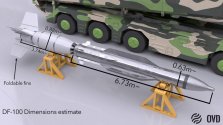
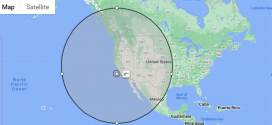
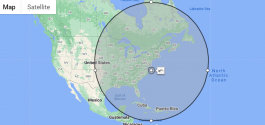
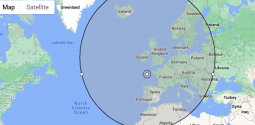
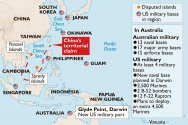
After some time of brainstorming, I came up with this rather lenghty piece of expanded post on the topic, which I will share it here as a copy of my initial post in the Chinese Unmanned Underwater Vehicles (UUV) thread (Chinese Unmanned Underwater Vehicles (UUV)) alongside additions, edits and corrections.
My post would be more relevant in this thread, since the post is regarding new strategic weapons ideas that China should consider employing in a hypothetical war scenario in the Western Pacific.
[PART 1 OF 2]
Such ultra-long range (ULR) torpedoes could open up a new possibility of conducting conventional strike roles against very far-away targets, especially against enemies that are ocean-wide away. The news article by SCMP (which is also the first one to report it in the English news world) also hinted regarding the possibility of using the ULR tropedoes to strike targets in the Eastern Pacific.
However, I would like to expand further on this topic.
My point would be if a long-range land-attack missile could be feasibly mounted in front of these ULR torpedoes, those ULR torpedo-tipped missiles could have their strike range extended much more, possibly even rivaling that of the ICBMs.
For the purpose of this example and to simplify things up in this post, the missile which I have chosen is the DF-100 missile (also known as CJ-100).
According to the Overt Defense (OVD) webpage on the DF-100 missile, here are the estimated dimensions:

The diameter of the DF-100 missile (~0.63 meters at missile body itself and ~0.88 meters at booster) would be larger than the diameter of said ULR torpedo (~0.53 meters). Fitting the DF-100 missile onto the ULR torpedo would also render the whole ULR-torpedo-missile unit too long to be carried onboard PLAN warships by conventional means. This means that the whole ULR-torpedo-missile unit would either be launched from land-based launchers from the Chinese coastline, or from special canisters fitted onboard specially modified PLAN warships, preferably LPDs.
After launch, the ULR-torpedo-missile unit would first travel underwater across the ocean using the ULR-torpedo-missile unit's onboard nuclear-conventional hybrid propulsion. This method of delivery would be slower than typical ICBMs, but travelling underwater makes the ULR-torpedo-missile unit would be very difficult to detect and defend against.
Once within the boost-launch range of the DF-100 missile mounted on the ULR-torpedo-missile unit (set around 150 kilometers from the coastlines in this scenario), the mounted DF-100 missile would then seperate from the ULR-torpedo unit, burst from the water surface and then dash towards its designated target at supersonic (Mach 4) speeds. This would be largely similar in style to how a submarine torpedo tube-launched missile operates, except with some modifications and changes.
The ULR-torpedo unit, meanwhile, could either lose its function after the DF-100 missile separation and just sink into the bottom of the ocean, or continue towards its designated target located on the coastline as a normal torpedo.
According to the available online sources, the DF-100 missile is estimated to have a maximum strike range of around 2000-3000 kilometers. Let's take the middle figure, i.e. 2500 kilometers, and lay it on the map.
Here's how it would look like if the boost-launch point is approximately 150 kilometers west of California, USA:

And here's how it would look like it the boost-launch point is approximately 150 kilometers east of Virgina, USA:

Last but not least, considering how the European NATO countries are so itching at transforming China into their newfound mortal enemy as if Russia wasn't enough for them, here's how it would look like if the boost-launch point is approximately 150 kilometers west of Brest, France:

As shown on the three maps above, DF-100 missile mounted on ULR-torpedo-missile units would be sufficient to cover almost the entirety of the mainland United States (assuming attacks launched from both sides of the mainland), alongside the majority of the European NATO member states.
Such ULR torpedo-mounted long-range land-attack missile would be very useful in a hypothetical war in the Western Pacific, should the United States and her Atlantic NATO allies choose to go into a full scale confrontation and war with China over Taiwan.
I recalled that someone in this forum has brought up the (very important) question/concern on whether China has the means and capabilities to strike against the important command centers, military bases and facilities, infrastructures and industries of the United States (especially on the mainland) in case of an all-out war with China.
This is because the United States who have multiple military bases and stations located along and beyond China's frontdoor and backyard, the United States military could swiftly and credibly threaten not just Chinese military bases, facilities, and command centers, but also the many population centers, infrastructure and industries of China with tactical and strategic attacks/bombings. Much of those are located within 2000 kilometers from China's coastline, whereby all of which are critical in supporting China's war effort in the Western Pacific. The United States could also call upon the help of their Atlantic NATO allies in the Western Pacific showdown with China:

[PART 1 END]On the flipside, China has zero equivalent answer to the United States and her Atlantic NATO allies, since China has neither military bases nor stations in Latin America and North Africa. China also does not have any bombers in service that could reliably hit the mainland United States and Europe either. Even the upcoming H-20 may only be able to conduct strategic bombing runs within and up to the 3rd Island Chain and Hawaii (even though all of Europe might be within striking distance of the H-20).
In fact, the only feasible tool in China's own shed that could reliably strike the mainland United States and Europe are her ICBMs (DF-31As and DF-41s). However, despite China's firm promise of the "No First Use" policy regarding her nuclear arsenal - Launching even conventionally-tipped ICBMs against the United States and her nuclear-armed NATO allies (i.e. the UK and France) carries a huge risk of being misintepreted as a nuclear strike from China, and could very well prompt a nuclear response against China from the United States, the United Kingdom and France.
Therefore, I believe that China should pursue the rapid development and introduction into service of underwater-based ultra-long range strategical strike weapons like these ULR-torpedo-missile units. Such strategic weapons can reliably conduct conventional attacks against American and NATO command centers, military bases and facilities, infrastructures and industries on mainland United States and Europe, especially those that are critical for the their war effort against China. Such strategic weapons would therefore be useful in hampering the war-waging capability of the United States and her Atlantic NATO allies, and potentially providing China with greater chances of success in a hypothetical war in the the Western Pacific.
Of course, in order to make such strategic weapons viable for its designated role, China needs to make sure that they can be deployed in consistently large numbers over significant periods of time. IMO, China would have to possess the capability of pumping out these ULR-torpedo-missile units in the (tens of) thousands every month, which would then be launched across the ocean as a non-stop strategic bombing campaign against the United States and her Atlantic NATO allies, similar in style to how the USAAF and RAF conducted virtually non-stop strategic bombing campaigns against the Axis Powers for the later half of the Second World War, which effectively degraded and crippled the war-making industries and war-waging capacity of the Axis Powers.
In short, punches have to be replied with equal punches. You can't expect to just take hits and beatings and not responding in kind. Because there have been too many cases where people who only know how to dish out pain without ever expecting themselves to be hurt in the process.
However, I would not condone any suggestions to fit nuclear warheads on these ULR torpedo-missile units, even if such avenue is entirely possible, except when a nuclear war is truly inevitable. In fact, I believe that the option of employing nuclear weapons during wartime should be put off the warplanning table unless for the role of nuclear deterrence.
China must never be the first one to push the nuclear red button, unless the very survival of her people and her civilization state is under dire threat.
Last edited:
[PART 2 OF 2]
Adding:
These ULR-torpedo-missile units could also be modified in order to be launched from ISO shipping containers, which can then be launched from container ships, container railway carriages and container trucks that are located closer to the United States and Europe, just like the one shown below:
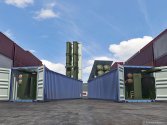
Of course, the length and diameter of the ULR-torpedo-missile units would have to be shorter in order to fit inside the ISO container, which comes at a hefty disadvantage of reduced strike range.
Furthermore, considering that Australia since ScoMo have been hyping up the China threat by claiming that China is going to "attack the whole world" with missiles hidden in shipping containers, why not for China to just take that "threats against world peace" up several notches?
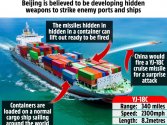
[PART 2 END]
So what do you guys think of this idea? Viable and doable?
Adding:
These ULR-torpedo-missile units could also be modified in order to be launched from ISO shipping containers, which can then be launched from container ships, container railway carriages and container trucks that are located closer to the United States and Europe, just like the one shown below:

Of course, the length and diameter of the ULR-torpedo-missile units would have to be shorter in order to fit inside the ISO container, which comes at a hefty disadvantage of reduced strike range.
Furthermore, considering that Australia since ScoMo have been hyping up the China threat by claiming that China is going to "attack the whole world" with missiles hidden in shipping containers, why not for China to just take that "threats against world peace" up several notches?

[PART 2 END]
So what do you guys think of this idea? Viable and doable?
Last edited:
It is doable but viable in terms of cost? Not sure. An ICBM costs $50 million for basically a tube of propellant with a guidance computer on top. What we have here is a mini submarine with a precision machined propeller drive and turbine driven heat engine. $50 million isn't looking too good.[PART 2 OF 2]
Adding:
These ULR-torpedo-missile units could also be modified in order to be launched from ISO shipping containers, which can then be launched from container ships, container railway carriages and container trucks that are located closer to the United States and Europe, just like the one shown below:
View attachment 98697
Of course, the length and diameter of the ULR-torpedo-missile units would have to be shorter in order to fit inside the ISO container, which comes at a hefty disadvantage of reduced strike range.
Furthermore, considering that Australia since ScoMo have been hyping up the China threat by claiming that China is going to "attack the whole world" with missiles hidden in shipping containers, why not for China to just take that "threats against world peace" up several notches?
View attachment 98699
[PART 2 END]
So what do you guys think of this idea? Viable and doable?
If it isn't used to inflict absolutely crippling damage - sinking a ship, taking out a major base or delivering a nuclear strike - it doesn't seem worth.
However it could be a means to attack ships at port inside their home countries.
- Status
- Not open for further replies.

